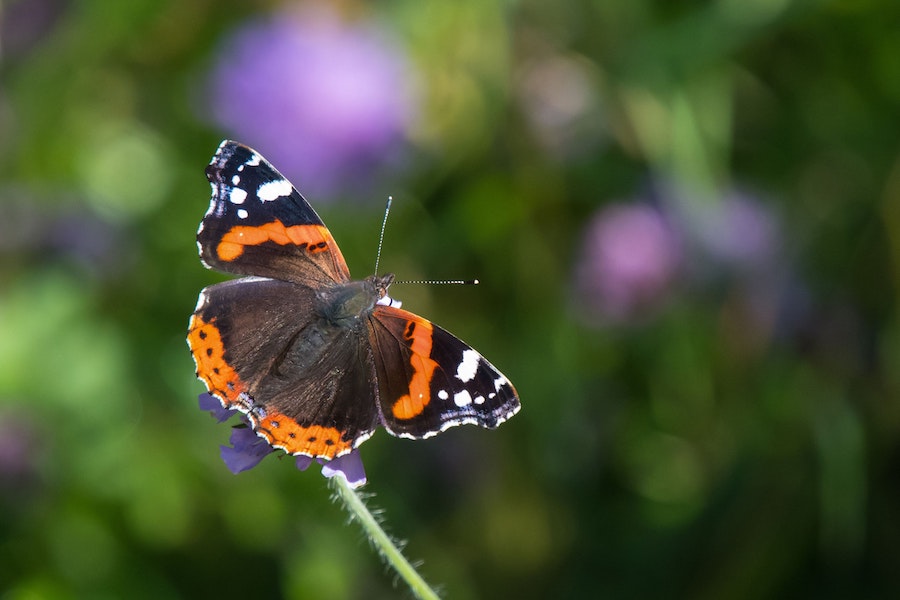Red admirals enjoyed record summer, results from the Big Butterfly Count reveal
More than 73,000 of them were spotted by the public during the three-week survey.
Red admirals have had a record summer despite wet weather conditions causing problems for other butterflies, conservationists said.
Results from the Big Butterfly Count show the striking red admirals saw numbers rise by 75% compared to 2016, with more than 73,000 spotted by the public during the three-week survey.
It is the highest number since the citizen science count began in 2010, and as many as were counted in the last three years put together, the scheme’s organisers Butterfly Conservation said.
The boom in numbers saw it come second in the overall rankings for most commonly seen butterflies, behind the gatekeeper which also saw its numbers up 24% on 2016.

By David Jones
Other widespread butterflies did well this year, including the comma which saw numbers rise 90% on last year’s count, and the small copper saw a 62% increase.
But the UK’s common white butterflies all declined by more than a third on last year’s numbers, making it one of the worst years for the three species.
Overall people taking part in the Big Butterfly Count saw the lowest number of butterflies per count since the scheme began, with an average of just 11 individuals.
A mild winter and warm spring meant some species emerged earlier than normal so that some were past their peak by the time of the summer count and the wet summer.

By David Cheskin
But red admirals were helped by the mild winter and warm spring, which followed a good year in 2016 for the species.
Red admirals used to be just a summer visitor which migrated from warmer parts of Europe in the spring and summer, but while many still migrate, many now overwinter in the UK.
This year red admirals which had overwintered in the UK and fresh immigrants arriving in the spring enjoyed an early and successful breeding season, leading to a big summer brood.
Butterfly Conservation’s head of recording Richard Fox said: “It hasn’t been a vintage summer for butterflies, but there have been some real positives.

Taken by Owen Humphreys
“The flurry of red admirals on buddleia bushes; vivid golden commas holding territories along the hedgerows; and beautiful flecks of blue and orange among the long grass as common blues and small coppers made the most of the sunshine before the next shower.”
He added: “Above all, the highlight of Big Butterfly Count 2017 has been the huge number of people that have got involved, spent time enjoying and counting our native butterflies and moths and done something useful and important in the face of so much wildlife decline.”
The count’s results help Butterfly Conservation find out how common UK species are faring, against a background of long-term declines for three-quarters of British butterflies, and how best to help them in the future.
Feel free to share your butterfly photos in our Showcase
The Press Association
Latest posts by The Press Association (see all)
- 8 things your feet can tell you about your health - January 8, 2025
- 9 ways to look after your emotional health better in 2025 - January 7, 2025
- EastEnders fans to vote on storyline for the first time in 40th anniversary week - January 7, 2025
- Aldi beats rival Lidl as cheapest supermarket of 2024 - January 6, 2025
- All the benefits of lifting weights beyond bigger muscles - January 6, 2025





















